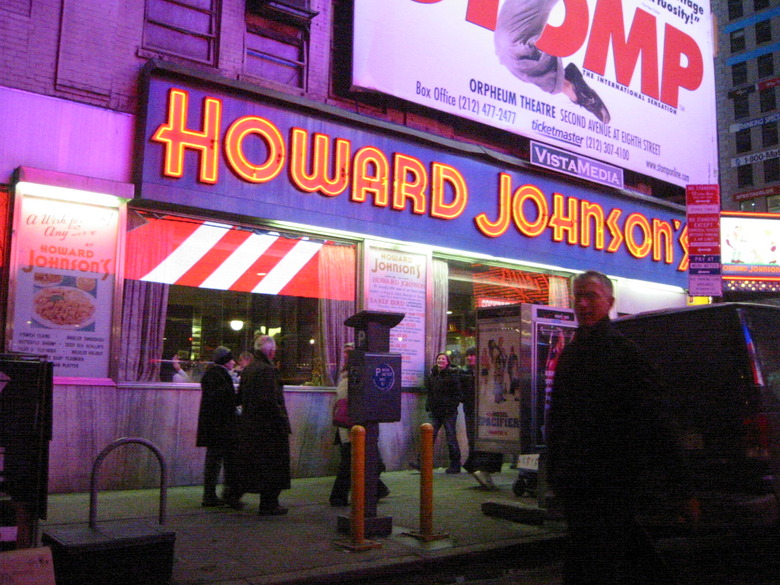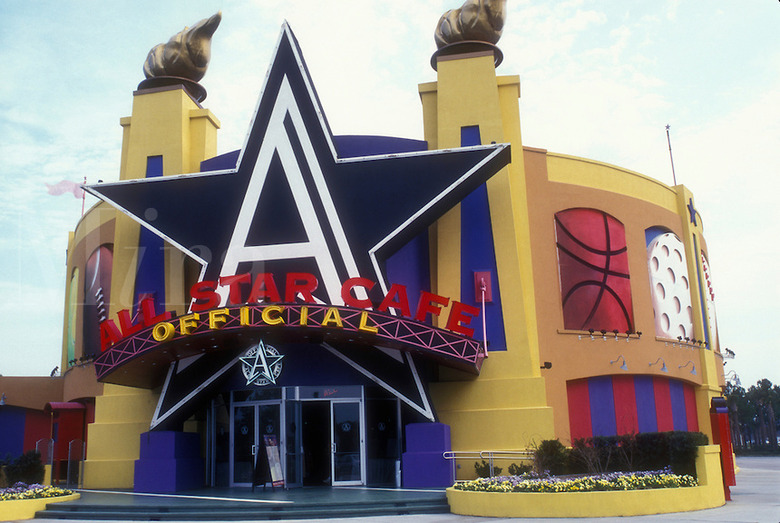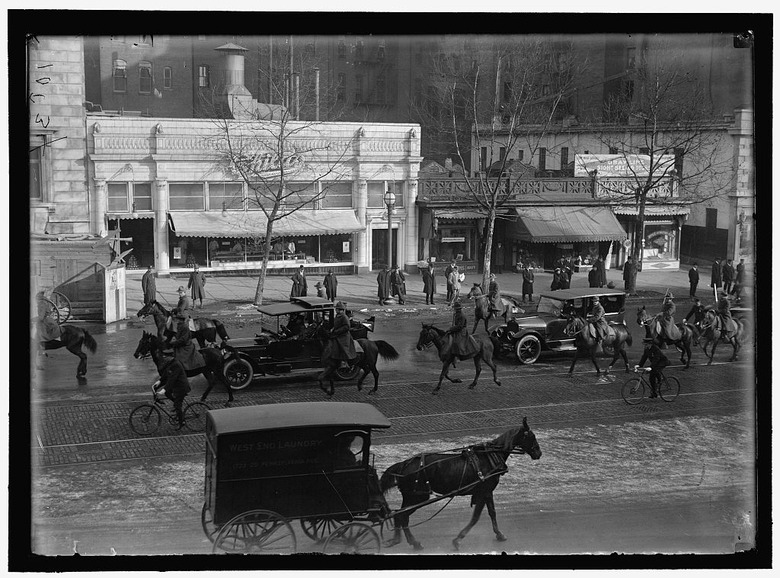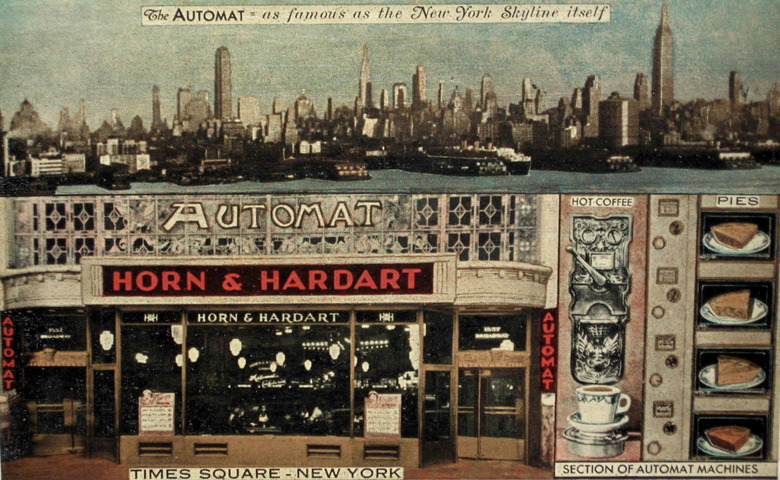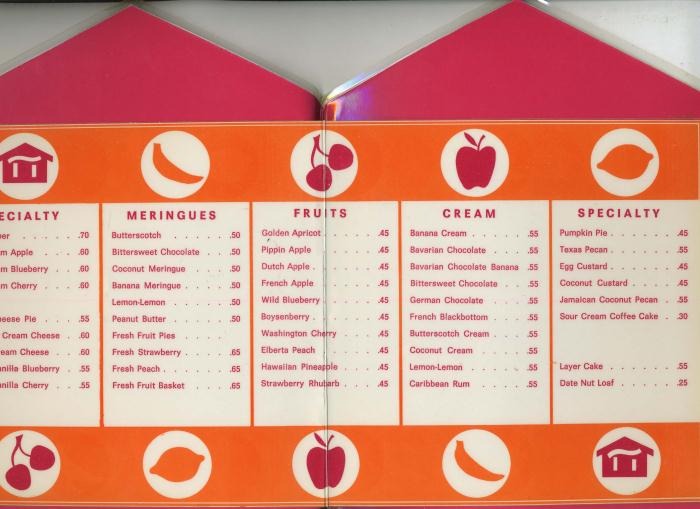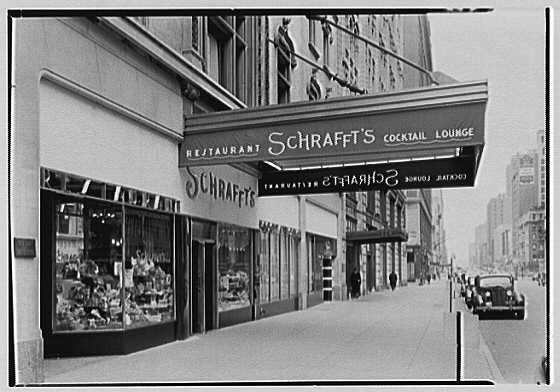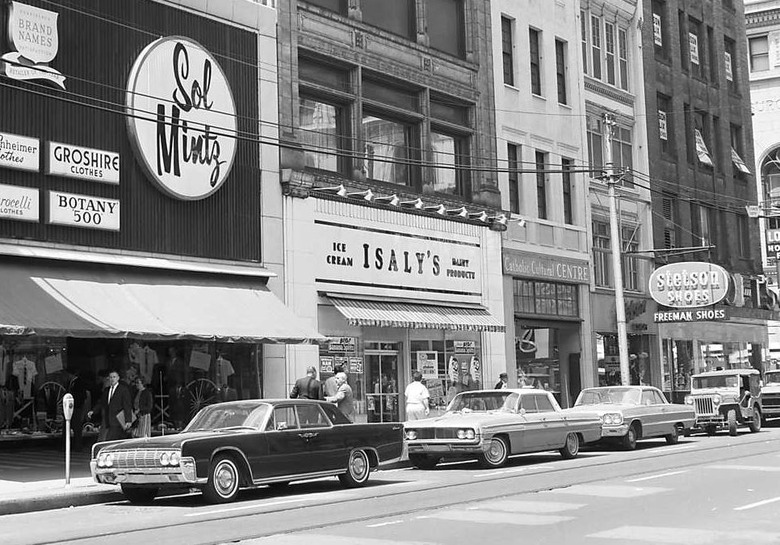Howard Johnson's, Beefsteak Charlie's, And 8 Other Restaurant Chains We Wish Would Come Back
It's never a fun experience when a restaurant we love closes down. Favorite restaurants can feel like extensions of our own homes, and when they go away it can be surprising how much it affects us. When these chain restaurants shuttered for good, it most likely left a lot of people saddened, and we'd love it if they came back.
Howard Johnson’s
Howard Johnson's is synonymous with 1950s and '60s dining. It was launched by Howard Johnson himself in the 1920s as a soda fountain and lunch counter, and by 1954 there were 400 outposts in 32 states. One of the first major restaurant chains, it went public in 1961 with 605 restaurants as well as 88 motor lodges, both of which were major fixtures dotting the new American highway landscape that was growing during this time. He even brought on board legendary chefs Jacques Pepin and Pierre Franey to create the menu.
The company peaked in in the early 1970s, but business fell off after that. The business model of serving premade high-quality food in traditional dining rooms lost popularity amid the boom in fast food like McDonald's, and after many changes in ownership over the years, only two Howard Johnson's restaurants remain, in Lake George, N.Y., and Bangor, Maine.
Beefsteak Charlie’s
Beefsteak Charlie's got its start as a single beloved restaurant on 50th Street in Manhattan, filled with horse racing photos and specializing in steak sandwiches. Opened by Charles Chessar in 1910, it became a chain in 1974 with no official affiliation to the original. That didn't stop the crowds, though; its all you can eat salad bar and unlimited beer, wine, or sangria made it a popular destination up and down the East Coast, and by the mid-1980s there were more than 60 locations. It began to lose money after an ill-advised merger, however, and by 1992 there were only two locations left, now both long-gone.
All-Star Café
Even though there were only 10 locations of the Planet Hollywood-owned All-Star Café in its late '90s-heyday, odds are you knew about this chain, especially if you were a kid during the decade. Sports icons such as Andre Agassi, Joe Montana, Ken Griffey Jr., and Shaq all invested in the project and some appeared in commercials for it, which opened in prime locations across the country including New York City's Times Square and Walt Disney World. The chain was equal parts gift shop, memorabilia store, and restaurant, and never quite had the same appeal as similar theme restaurants like Hard Rock Café and Planet Hollywood. The last one, located in Walt Disney World's Wide World of Sports, closed in 2007.
Childs
No discussion of the history of American dining is complete without a major acknowledgement of the role that Childs played in developing the restaurant as we know it. When the first Childs opened in 1889 in downtown New York, restaurants were either high-end affairs like Delmonico's, or more everyman lunch counters and oyster houses. Childs, with its emphasis on low-price, quality food, intelligent design, hygiene, good service, and expansion, set the stage for modern inexpensive dining.
Childs was one of the first national dining chains, and by the time it reached its peak in the 1930s there were about 125 locations in dozens of markets throughout the country. Poor management (including an ill-conceived vegetarian push from co-founder William Childs) reduced that number to 53 by 1950, and in 1960 it was swallowed by the Riese Organization, which also owns Dunkin' Donuts, KFC, Pizza Hut, T.G.I. Friday's and Houlihan's, and was completely phased out.
Horn & Hardart
Horn & Hardart is synonymous with an all-but-extinct restaurant style: the automat. Prepared dishes were displayed behind small glass doors, and inserting a nickel into a slot allowed you to turn a knob, open the door, and take your food. This simple and inexpensive dining style became popular at around the turn of the twentieth century, really took off during the Great Depression (there were more than 150 locations in the Philadelphia and New York area by the early 1940s), and began to decline in the 1950s. Even though the last location closed in New York in 1991, several generations have fond memories of dropping a nickel into the slot and taking out a plate of macaroni and cheese, creamed spinach, or baked beans.
Casa Bonita
Bill Waugh opened the first Casa Bonita in Oklahoma City in 1968, and over the years a handful of additional locations opened in cities including Tulsa; Lakewood, Colo.; Fort Worth; and Little Rock. If you were a kid who had the opportunity to visit a Casa Bonita, it seemed like a whole new world of adventure; each "eatertainment" restaurant looked like an entire Mexican village, with themed dining areas, fountains, caves, tropical gardens with a waterfall and cliff divers, strolling mariachis, a magic show theater, arcade, and gift shop. Oh, and the food was pretty good too! Today, only the Lakewood location is still open, and was immortalized in a 2003 episode of South Park.
The Original House of Pies
The Original House of Pies was the creation of legendary restaurateur Al Lapin, Jr., who was also responsible for the expansion of IHOP and Orange Julius. But instead of focusing on pancakes or orange drinks, The Original House of Pies' focus was, obviously, on pies. Locations sprouted up across the country after its 1965 launch, serving fresh homemade pies in many varieties along with other diner staples. While the chain filed for bankruptcy in 1986, today there are still a few individually owned and operated locations going strong in Houston and Los Angeles.
Schrafft’s
One of the first restaurants to welcome unescorted ladies, Schrafft's was a chain of large and well-appointed dining rooms that took off in New York in the early 1900s thanks to a steady stream of women stopping by for lunch before or after shopping. Moderately priced and located in fashionable areas of New York (with a few locations in Boston and Philadelphia), the simple menu featured soups, salads, sandwiches, and plenty of desserts (Schrafft's was also a candy and ice cream company). At its peak in the 1940s there were about 50 locations in the New York area, but the company was sold and the last locations shuttered in the late 1960s, after years of decline.
Isaly’s
This beloved Midwestern chain of dairies and restaurants was a family-owned operation based in Ohio, which was popular throughout the region from the early years of the twentieth century throughout the 1960s. The chain was best known for its high-quality milk, "Skyscraper Cones" with long narrow scoops, thin-sliced chipped chopped ham sandwiches, and its most enduring legacy, Klondike Bars. The vast majority of locations closed in the 1960s due to an inability to compete on a wholesale level with more homogenized chains, but a couple Pennsylvania locations are still open, and many stores across the region still carry Isaly's products.
Kenny Rogers Roasters
Founded by country musician Kenny Rogers and former Kentucky governor John Y. Brown, Jr. in 1991, Kenny Rogers Roasters specialized in rotisserie chicken, turkey, ribs, and side dishes. It expanded to include 350 locations in the U.S., Canada, the Middle East, and Asia before being forced to file for bankruptcy in 1998; after that it was purchased by Nathan's and some Nathan's locations (including the Coney Island flagship) still serve Kenny Rogers items. Its legacy was cemented in a legendary Seinfeld episode, and oddly enough, the chain lives on today in Asia, where there are nearly 150 locations.
